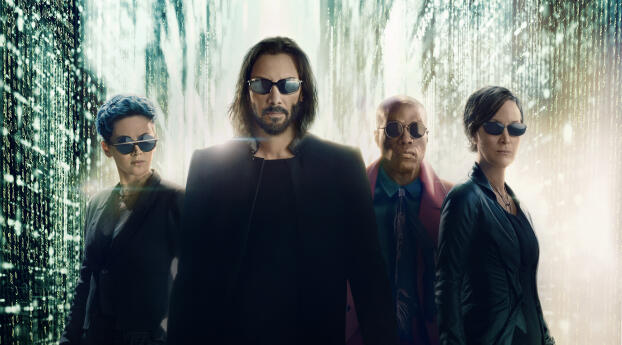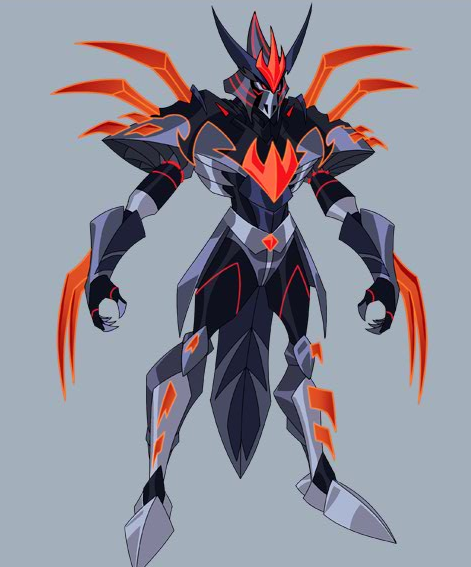
But the real-life memories that inspired that game, Thomas seems to have compartmentalized as delusions, symptoms of his own mental illness when he spots his long-lost love Trinity (Carrie-Anne Moss) in a café, now in the guise of a suburban mom named Tiffany with three children, he stares at her in longing but is unable to admit why.

The visibly depressed Thomas is a legendary game designer, known mainly for his long-ago first entry in the franchise. In the new movie’s opening scenes, Keanu Reeves’ Neo, still going by his pre-redpill name of Thomas Anderson, is seen drudging away at his desk working on the latest in his video game series, called Binary. Thanks for signing up! You can manage your newsletter subscriptions at any time. Now that, in the 18 years since the release of the last Matrix movie, the films’ writer-directors have come out as trans women, that radicality takes on a different dimension in the fourth chapter of the franchise, Matrix Resurrections, directed for the first time ever by only one of the Wachowski sisters, Lana. Seen in retrospect, the Matrix sequels are among the first mainstream movies to showcase such a radical vision of queer culture, even if they have no characters explicitly coded as gay. We don’t learn a lot about the rebels’ system of government or daily way of life, but two things the inhabitants of Zion seem to believe in fiercely are freedom and pleasure. The city-state of Zion, where the rebels make their home, appears to have founded its culture on the sacred act of grinding up against good-looking fellow citizens in giant raves. Alongside the technological dystopia the first Matrix imagines, the second two try to envision something more unusual in contemporary science fiction: utopia.
#DIGITAL SENTIENCE THE MATRIX MOVIE#
Where the first film was a compact, fast-moving action thriller, the sequels reveled in exploring the inner workings of the universe the first movie had built: a place divided between underground-dwelling rebels in grungy unraveling knitwear and their super-sleek, hyper-skilled counterparts in the all-digital world. The second two Matrix movies, The Matrix Reloaded and The Matrix Revolutions (both released in 2003 after a back-to-back, Lord of the Rings-style megashoot), went somewhere very different, but equally if not more original.

I remember coming out of The Matrix with two friends and talking over each other in excitement on the multiplex escalator, our synapses afire over a big-budget Hollywood action movie that looked and felt so different, so 21 st century. The idea that all of humanity was trapped in a simulation, our physical bodies parked in life-sustaining pods while our daily lives unfolded in a virtual space run by distant evil overlords, still sounded like a cool science-fiction metaphor, not a description of banal everyday reality. Smartphones were nonexistent, music was still mainly listened to on CD, and Netflix was a two-year-old company primarily in the business of mailing movies on DVD to people’s houses.

The internet was still a novelty, used by most people mainly for sending and receiving email.

As the millennium was about to turn, The Matrix arrived in theaters like a speeding bullet-or maybe a very slow-moving one, filmed with the then-novel extreme-slo-mo special effect that would become known as “bullet time.” Digital technology played a much smaller role in most people’s lives in 1999.


 0 kommentar(er)
0 kommentar(er)
